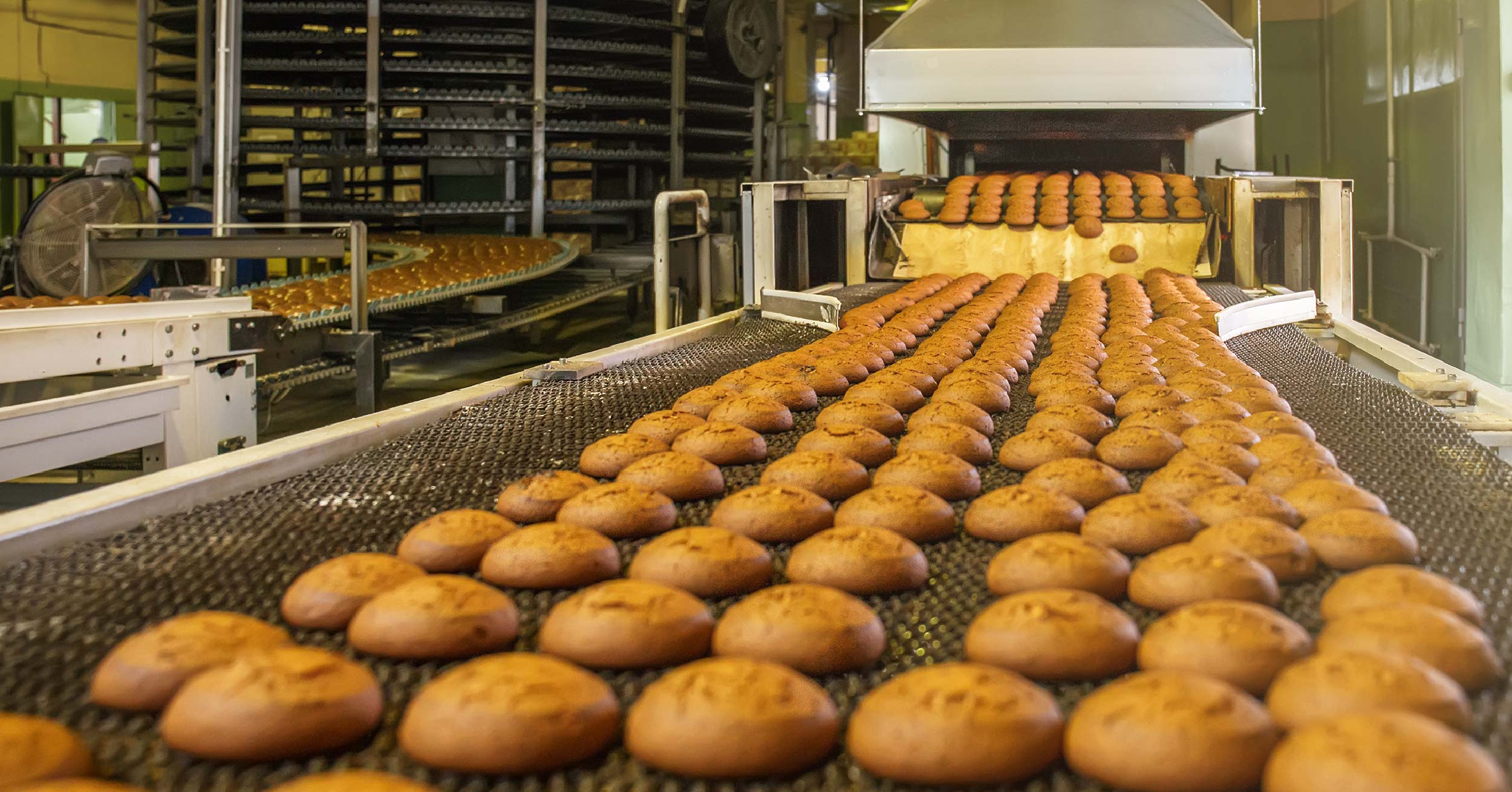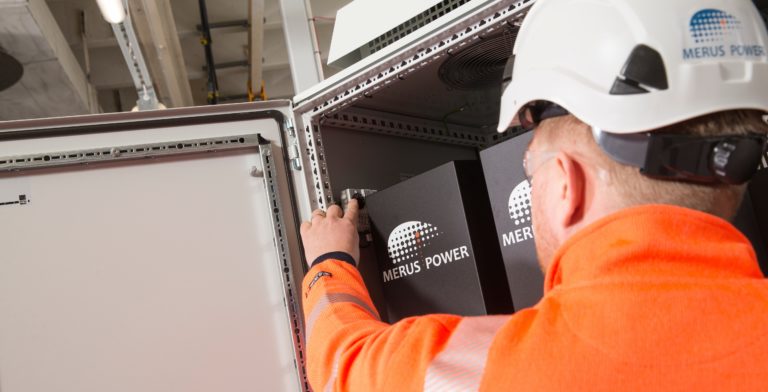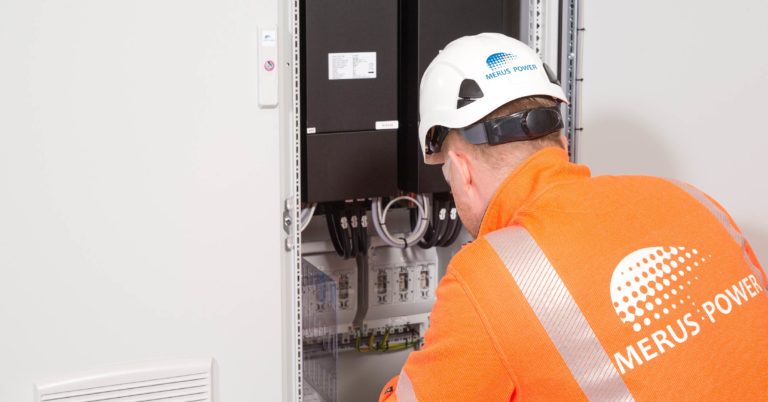Merus® A2 – Active Harmonic Filter
Merus® A2 is a scalable, versatile, and durable active harmonic filtering solution designed and manufactured in Finland using innovative Merus® technology.

The food and beverage industry has been under a lot of pressure to increase both production and energy efficiency. Achieving energy efficiency is crucial as megatrends intensify competition and push the industry to find more sustainable ways to produce food and energy, and to cover the increasing needs of the population. Increasing energy efficiency can be done in various ways, for example, by utilizing more efficient production technologies and improving power quality.
Poor power quality comes in many shapes and forms. It has been shown to lead to higher energy and operating costs, increased risk of downtime, and reduced production and energy efficiency. Harmonic currents, voltage sags, transients, and reactive power, among others, can create a variety of serious problems in a facility. These include unnecessary heating of cables and transformers, malfunction of control equipment, light flicker, nuisance tripping of breakers, and damage to sensitive equipment.
Production processes are also often automated in the process industry and need a steady stream of high-quality electricity to support continuous and fast process operations. Non-linear loads like Variable Frequency drives (VFD) increase current harmonics in the facility’s network. This can put the plant in a position of non-compliance with demanding power quality standards, leading to expensive penalties.
If food production equipment does not work as intended due to sub-par power, processes will be disrupted, and downtime will occur. This affects efficiency, availability, quality, customer satisfaction, and most importantly the company’s revenue. The cost of downtime estimated by industry analysts can be between $100,000 and $1,000,000 per hour.

Merus® A2 is a scalable, versatile, and durable active harmonic filtering solution designed and manufactured in Finland using innovative Merus® technology.

Merus® HPQ is an all-in-one power quality system for combined active harmonic mitigation and power factor correction.